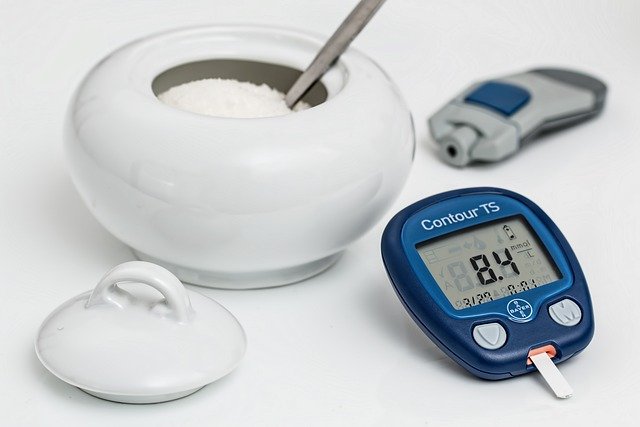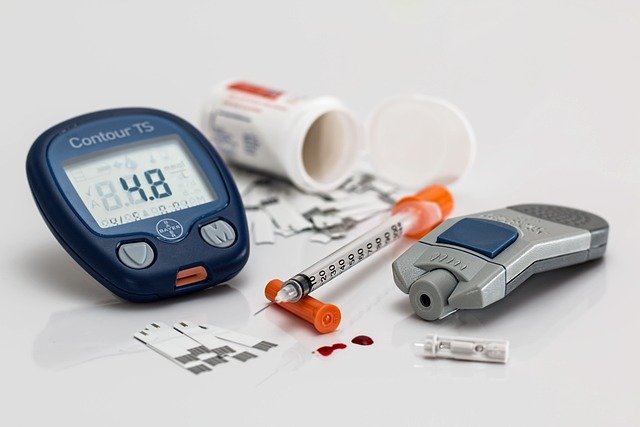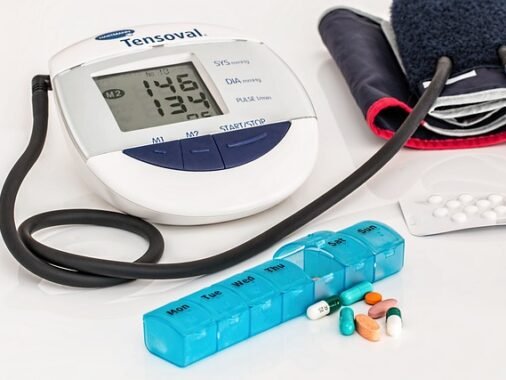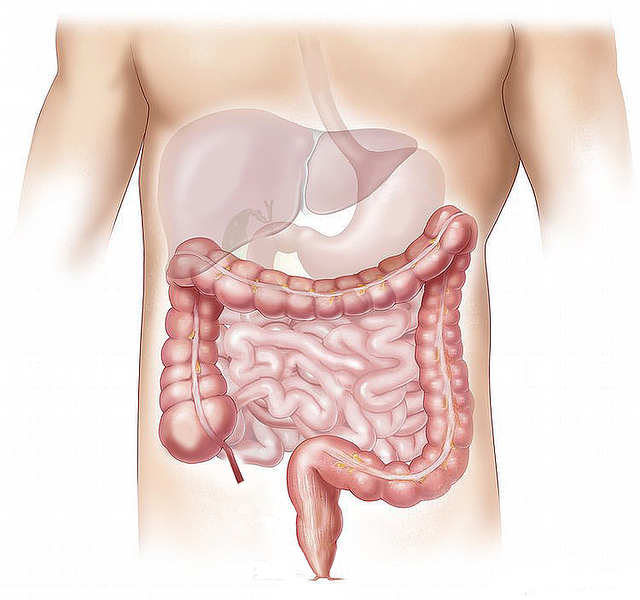Trulicity (dulaglutide) is a prescription medication used to improve blood sugar control in adults with type 2 diabetes. It belongs to a class of drugs known as GLP-1 receptor agonists, which help to stimulate insulin secretion, inhibit glucagon release, and slow gastric emptying. Trulicity is administered as a once-weekly injection.
Key Points about Sertraline:
1. Mechanism of Action:
- Increases Serotonin Levels: Sertraline is a selective serotonin reuptake inhibitor (SSRI) that works by increasing the levels of serotonin in the brain, which helps improve mood and reduce anxiety.
2. Uses:
- Depression: Primarily used to treat major depressive disorder.
- Anxiety Disorders: Effective for generalized anxiety disorder, social anxiety disorder, and panic disorder.
- Obsessive-Compulsive Disorder (OCD): Helps reduce obsessive thoughts and compulsive behaviors.
- Post-Traumatic Stress Disorder (PTSD): Used to manage symptoms of PTSD.
- Premenstrual Dysphoric Disorder (PMDD): Alleviates severe premenstrual symptoms.
3. Administration:
- Dosage: Typically taken once daily, with or without food. The dosage may vary based on individual needs and response.
- Forms: Available in tablet and liquid form.
4. Side Effects:
- Common: Nausea, insomnia, dizziness, dry mouth, increased sweating, and sexual dysfunction.
- Less Common: Diarrhea, fatigue, headache, weight changes, and blurred vision.
- Rare but Serious: Serotonin syndrome, increased suicidal thoughts (especially in young adults), and severe allergic reactions.
5. Precautions:
- Interactions: Can interact with other medications, including other antidepressants, blood thinners, and certain pain medications. Always inform your healthcare provider about all medications and supplements you are taking.
- Alcohol: Drinking alcohol while taking sertraline is generally not recommended, as it can increase the risk of side effects and worsen depression and anxiety.
- Pregnancy and Breastfeeding: Consult your healthcare provider if you are pregnant, planning to become pregnant, or breastfeeding.
6. Withdrawal and Discontinuation:
- Tapering Off: Do not abruptly stop taking sertraline without consulting your healthcare provider, as this can lead to withdrawal symptoms such as dizziness, irritability, nausea, and sensory disturbances. A gradual reduction in dose is usually recommended.
7. Effectiveness:
- Onset of Action: It may take several weeks (typically 4 to 6 weeks) to feel the full benefits of sertraline. Patients are advised to continue taking the medication as prescribed, even if they do not notice immediate improvements.
8. Monitoring and Follow-Up:
- Regular Check-Ups: Regular follow-up appointments with your healthcare provider are important to monitor your progress, adjust the dosage if needed, and manage any side effects.
9. Special Considerations:
- Liver Function: Sertraline is metabolized in the liver, so liver function should be monitored, especially in patients with pre-existing liver conditions.
- Heart Health: Generally safe for the heart, but it can cause palpitations and, in rare cases, affect heart rhythm. Consult your doctor if you have pre-existing heart conditions.
10. Dietary Considerations:
- Grapefruit: Avoid grapefruit and grapefruit juice, as they can interfere with the metabolism of sertraline and increase the risk of side effects.
By understanding these key points, patients can better manage their treatment with sertraline and work with their healthcare providers to ensure the best outcomes.
20 foods to avoid with Trulicity
When taking Trulicity (dulaglutide), it’s essential to maintain a balanced diet to help manage your blood sugar levels effectively and avoid gastrointestinal side effects. Here are 20 foods to avoid or limit while taking Trulicity, along with detailed explanations for each:
1. Sugary Foods and Beverages
- Why Avoid: High sugar content can cause spikes in blood sugar levels, counteracting the effects of Trulicity.
- Examples: Candy, cakes, cookies, sodas, fruit juices.
2. Refined Carbohydrates
- Why Avoid: These can rapidly increase blood sugar levels and have low nutritional value.
- Examples: White bread, white rice, and pasta.
3. Fried Foods
- Why Avoid: High in unhealthy fats, fried foods can exacerbate gastrointestinal side effects like nausea and upset stomach.
- Examples: French fries, fried chicken, doughnuts.
4. High-Fat Foods
- Why Avoid: Excessive fat can slow digestion and lead to gastrointestinal discomfort, particularly when taking Trulicity.
- Examples: Fatty cuts of meat, full-fat dairy, butter, and lard.
5. High-Sodium Foods
- Why Avoid: Too much sodium can lead to high blood pressure, a common concern for people with diabetes.
- Examples: Processed meats, canned soups, and salty snacks.
6. Alcohol
- Why Avoid: Alcohol can affect blood sugar control and increase the risk of hypoglycemia, especially if consumed on an empty stomach.
- Examples: Beer, wine, and spirits.
7. Sugary Breakfast Cereals
- Why Avoid: High in sugar and low in fiber, these can cause rapid increases in blood sugar levels.
- Examples: Sweetened cereals, granolas with added sugar.
8. Artificial Sweeteners
- Why Avoid: Some artificial sweeteners can affect gut health and blood sugar regulation.
- Examples: Products containing aspartame, saccharin, or sucralose.
9. Processed Foods
- Why Avoid: Often high in unhealthy fats, sugars, and sodium, processed foods can undermine blood sugar control.
- Examples: Packaged snacks, fast food, ready-to-eat meals.
10. High-Glycemic Index Foods
- Why Avoid: These foods can cause quick spikes in blood sugar levels.
- Examples: Potatoes, white bread, white rice.
11. Trans Fats
- Why Avoid: Found in many baked goods and processed foods, trans fats can increase inflammation and insulin resistance.
- Examples: Margarine, shortening, commercially baked cookies.
12. Full-Fat Dairy Products
- Why Avoid: High in saturated fats, full-fat dairy can increase caloric intake and affect digestion.
- Examples: Whole milk, full-fat cheese, butter.
13. High-Fiber Foods (Initially)
- Why Avoid: Very high-fiber meals can cause bloating and gastrointestinal discomfort, particularly when starting Trulicity.
- Examples: Large amounts of beans, lentils, certain vegetables.
14. Sugary Snacks
- Why Avoid: These can lead to blood sugar spikes and provide little nutritional value.
- Examples: Candy bars, pastries, sweetened yogurt.
15. Caffeinated Beverages (Excessive)
- Why Avoid: Excessive caffeine can affect sleep and increase anxiety, potentially exacerbating side effects of Trulicity.
- Examples: Coffee, energy drinks, caffeinated sodas.
16. Fruit Juices
- Why Avoid: Often high in sugar and low in fiber, fruit juices can cause blood sugar spikes.
- Examples: Orange juice, apple juice, grape juice.
17. High-Fructose Corn Syrup
- Why Avoid: Can cause rapid increases in blood sugar levels and contribute to insulin resistance.
- Examples: Soft drinks, sweetened cereals, processed snacks.
18. Condiments with Added Sugar
- Why Avoid: Can add hidden sugars to your diet, affecting blood sugar control.
- Examples: Ketchup, barbecue sauce, salad dressings.
19. Sugary Dairy Products
- Why Avoid: High in sugar and can cause blood sugar spikes.
- Examples: Flavored yogurts, sweetened milk drinks.
20. Bakery Products
- Why Avoid: Often high in refined carbs, sugars, and unhealthy fats, which can disrupt blood sugar control.
- Examples: Muffins, croissants, donuts.
Additional Tips:
- Balanced Diet: Focus on a balanced diet rich in vegetables, fruits, whole grains, lean proteins, and healthy fats.
- Hydration: Drink plenty of water to stay hydrated and support overall health.
- Regular Monitoring: Regularly monitor your blood sugar levels and consult with your healthcare provider to tailor your diet and treatment plan.
By avoiding these foods and making healthier dietary choices, you can help optimize the effectiveness of Trulicity and improve your overall health.
FAQs:
The best foods to eat on Trulicity include high-fiber vegetables, lean proteins, whole grains, and healthy fats. These foods help stabilize blood sugar levels and promote overall health.
Eating sugar while taking Trulicity can cause spikes in blood sugar levels, counteracting the medication’s effects and making it harder to manage diabetes.
Yes, you can eat bananas while taking Trulicity. They provide essential nutrients and fiber, but consume them in moderation due to their natural sugar content.
Avoid alcohol, as it can affect blood sugar levels, and be cautious with other diabetes medications to prevent hypoglycemia. Always consult your healthcare provider about any other medications or supplements you’re taking.
Yes, you can eat eggs while taking Trulicity. Eggs are a good source of protein and have minimal impact on blood sugar levels.
Trulicity primarily affects the pancreas by stimulating insulin release and the liver by reducing glucose production. It also slows gastric emptying, impacting the digestive system.






